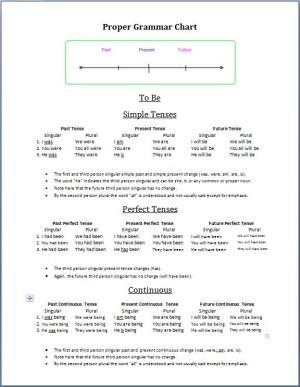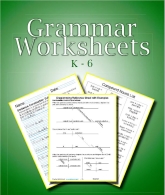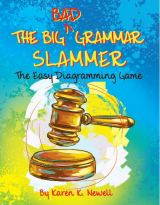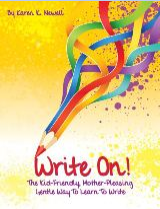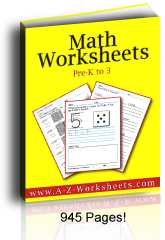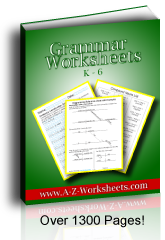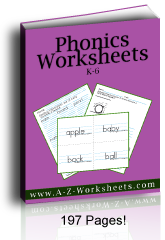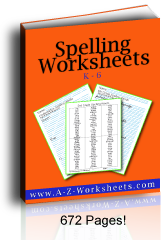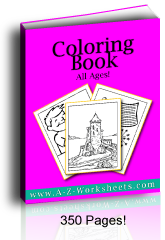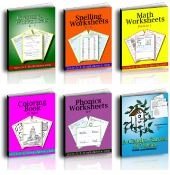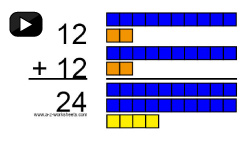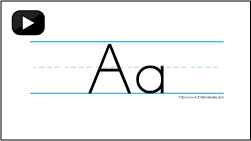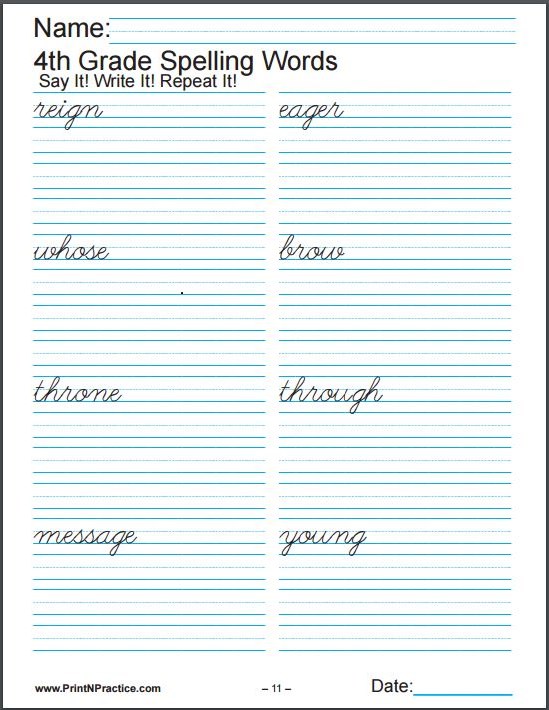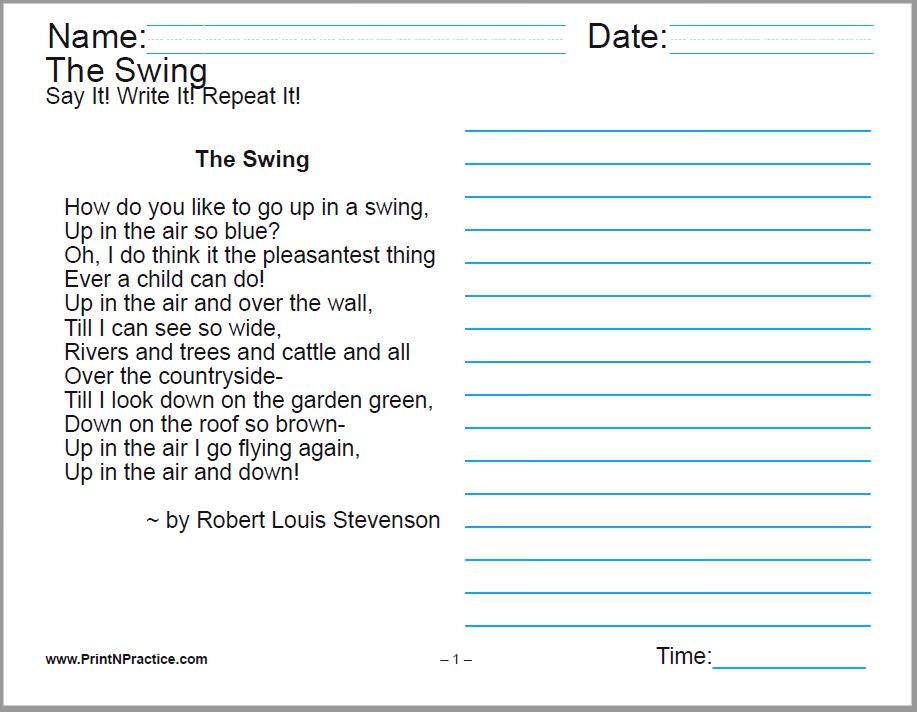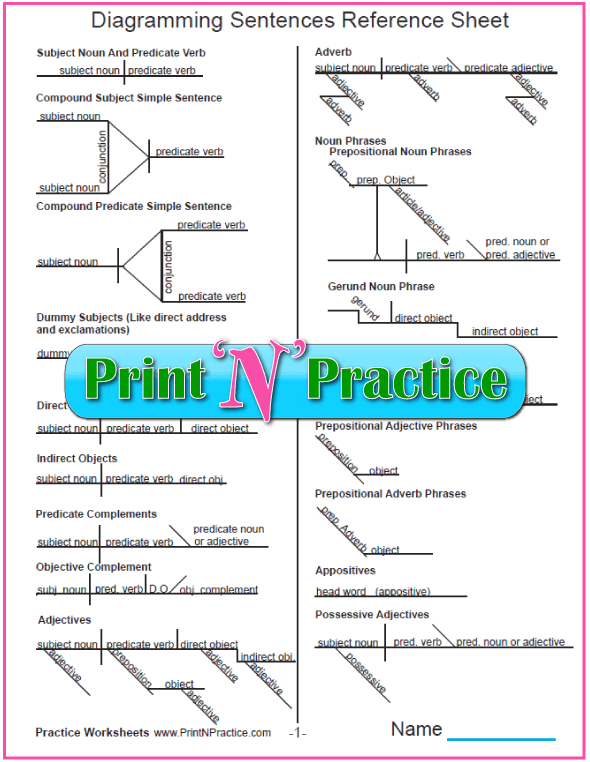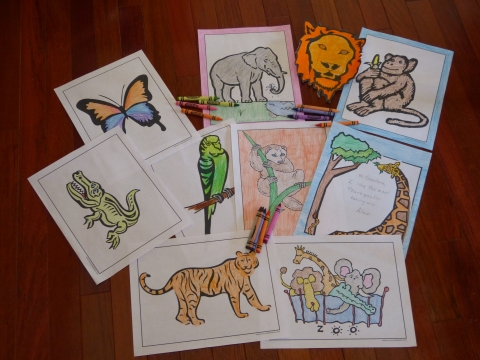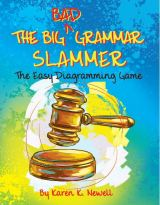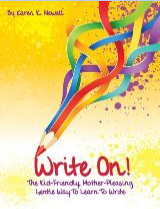Teaching Verb Tenses In English
Teaching the tenses in English is easier with a simple timeline because the past simple tense comes before the present and future verb tenses in time.
So many children have trouble remembering the past simple tense, yet they use it in English quite well every day.
I can remember being horrified to read in many of my teacher manuals NOT to make the association for a student. Grief. No wonder so many in our nation cannot name or use the different verb tenses.
As I stood at the board teaching one week, I asked for the umpteenth time about a verb tense, "Can anyone tell what's wrong with this sentence?" That's what the lesson in the book had asked.
Then I realized, why not show the students the tenses in chronological order so as to "prepare" them for their homework? Why presume they already know?
Wonderful!
I decided right there that they needed to see that there is an order to the way we place subjects and verbs and an order in time for the verb tenses.
Wonder of wonders, I also decided to put the conjugations in order. Even as far back as the Harvey Grammar of old, the grammar text books have put the present tense first, but for teaching the verb tenses I find that it is much better to show how to think about verbs in chronological context.
Be encouraged to stay in touch! Join my free newsletter....
Join To Receive My Free PrintNPractice Newsletters!
Free Online Worksheets For School, Homework, And Homeschool Practice
Free Online Teacher Resources - Free Homeschool Curriculum
For teachers and parents: PrintNPractice free printable worksheets are all copyright-free, digital activities for students. Use in homeschool, interactive notebooks for online classrooms, Google classroom, distance learning, tutoring and learning pods, and hybrid school.
- No prep.
- No tracking.
- Self learning.
- Copyright free.
- Lifetime license.
- Diverse learners.
- Easy drill-and-kill.
- Interactive worksheets.
- Printable morning work.
- Paperless morning work.
- Go printable or paperless.
- Stay on track. Summer review.
- Easy elementary school curriculum.
- Remote learning packets or homework.
- Most need no answer key or key is included.
- Videos for audio and visual learners. God bless headphones!
See free teacher, homeschool, digital interactive school-at-home learning exercises with no login, no sign-up, no voucher, no account, and no credit card. Loads of digital activities for device-based learning. As seen at TeachersPayTeachers.
Timeline for the Tenses in English
I decided to combine a super simple timeline with the past, the present, and the future tenses so that the children could see that the past came first. I began with the past simple tense.
I quickly and simply made a timeline across the board that had past, present, and future in a line. See the example below and a printable PDF near the bottom of this page.
I drew the number line under these showing the point at zero where the present lies and the continuing expanses for both the past to the left and the present to the right.
This way, at-a-glance, I was able to make a reference to the point of time to which I was referring as I wrote the simple tenses on the board. All I had to do was point to the timeline. You can see, or download, and print the verb tense timeline chart here.
Verb Tense Example Sentences
Past
Gramma was good.
Gramma had been good.
Gramma was being good.
Present
Mom is good.
Mom has been good.
Mom is being good.
Future
Kids will be good.
Kids will have been good.
Kids will be being good.
Learning The Tenses
Then I thought, well, why not show them the perfect tenses the same way? Poof. I just put the three perfect tenses in columns under the simple tenses in the columns that were already on the board. Then I explained about the action being finished at a point in the past, present, or future. Here I drew a point on the line in the past and a point on the line in the future.
My board was too short to include the continuous tenses, but their papers were long enough to accommodate all three levels, so I continued after erasing what was already written. I explained that the action was being continued at a point in the past, present, and future. Here I used the same point on the number line at the top.
I was thrilled with this exercise because it was the first time in all my years that I myself had put these tenses together in order even after spending years learning about things like the past simple tense from many sources! Had I missed something? No. This was the way that the text books taught the verb tenses in English grammar.
I can remember learning Spanish in high school where the tenses were taught, but I'll bet they were not taught with the tenses in order of time. I wish that it had been. If you're working with ESL students, you will love teaching these charts with the timeline. I sure would. See more on ESL below.
Past, Present and Future Tenses
Helping Words
I was teaching mixed levels that helpful week, yet this was new to all of the children I was teaching. Yes, they "remembered" subjects and verbs; they "remembered" past, present, and future.
Seeing the charts under the timeline was the first time that the bright children recognized the importance of using all of the little helping verbs in order to convey the full meaning of what is written. This was super simple copywork so all of them stayed with me in my enthusiasm for this discovery. They saw that this was going to be simple and that they were going to see the puzzle put together as we worked. We were all happy with the day's lesson.
Space For The Plural Future Tenses
We had had to shorten the future plural for each section as they used
the same verb form and the children's charts would go off the charts. I myself
had to reduce the font size on the printable tense chart.
So the next day we did the same lesson with a different verb and were able to get more finished. Actually, we chose the verb "to be" as we use it so often every day. This is the verb I used in the chart above.
Tenses In English: Historical, Current, and Yet To Be
When I was explaining the past simple tense I used historic examples to connect the timeline at the top of the board to the tense charts below.
Whichever verbs you use, historical figures like Adam and Eve or George Washington work well as subjects in the past. So do Jesus and Mary or Laura and Almanzo Wilder. These people existed so plainly in the past that their very names represent the past. Depending upon what else you're teaching, or with what the children are familiar, historical topics are excellent subjects.
One week I had chosen an active verb from the lesson's first question, the next day I realized that the most important verb is the one we use hundreds of times a day, "to be". Plus, the one child who, as a habit, couldn't remember how to spell the word have; had all kinds of practice spelling it that day. What's more, he had so much practice seeing how it fit with the way that we speak and write. Bonus!
Having the tenses in charts on the board, I was also able to underline the differences in the verb form as with the third person singular (see it on the printable chart). I had them repeat what I'd said so that they could remember "third person singular" the next time they saw it as I would be using the term all year, it is best if they understand it now. Seeing it "where it fits" in the chart made it obvious what it meant at-a-glance. All I had to do was point back to it. As a matter of fact, this would be an awesome chart to keep on the board. Oh! For space!
Grammar Tenses Show Order In Time
Real Life English Tenses
At first, two of the boys were looking at me with scrunched faces saying, "Huh?" Then I told them that the tenses in English really matter in real life for engineers and lawyers. They have to be able to explain how their building or case will be built so that others understand the timeline of events. On the job the policeman or fireman has to be able to explain what happened in a way that others will understand the order in which they happened. This concrete example was a light-bulb moment.
Recipes
After this, I also thought of using recipes. Isn't it frustrating when the note to preheat the stove is at the end of the directions? Isn't it easier to remember to do it early, if the note is at the beginning of the recipe? So many times a recipe does not follow a timeline in other ways. Using a timeline with the tenses sets the idea for understanding first, second, and third steps; doing things in order past, present, and future.
How To Teach Future Tense To Several Grades
For teaching tenses in English to different grades you could put the timeline on the board and use only the simple tenses for the younger classes. Then for increasingly higher levels I'd add the other charts as class time allows.
This is an awesome review for an older child
who have not made sense of the order of verbs and even haven't had grammar taught to them in a systematic way. The writing on the board with explanations while keeping
it short and quick is very revealing. They understand the logic immediately.
I really think that the activity of writing the timeline at the top and writing the subject with the verb form in columns that correspond with the timeline is very, very helpful. I've watched several students have "light bulb moments". These are the most gratifying moments in teaching grammar, or anything for that matter.
For very high levels one could include the subjunctive on a second page.
I hope these ideas help your students in learning proper grammar!
For a super explanation of grammar and to buy workbooks for the year go to Elizabeth O'Brien's site called English Grammar Revolution. She has super explanations and resources.
English Tenses For "To Be"
The infinitive "to be" is so basic in our language. Everything that is a thing is, was, or will be.
Use this chart to put the tenses in English on your board. I have found it to be an excellent exercise for helping children remember their verb tenses.
ESL Verb Tenses
I would highly recommend this method to teachers who are teaching the tenses in English to ESL students. If your students already know the tenses in their own language all the better. Start there. Teach them the tenses in their own language and make the association in English.
Teaching how to make the chart of the tenses in order of time on the board helps ESL students actually use the chart and understand English grammar in use.
If you are teaching beginners see these:
Subject and predicate worksheets
Regular and irregular verb worksheets and more.
* American English Grammar And Writing Worksheets
<< This download has my favorite grammar PDFs for practice in elementary and middle school grammar lessons.
If you like the samples on this page, you'll love the grammar download which includes diagramming charts and English Grammar Definitions ebook.
These are great for easy practice and for ESL students.
Get the set. And enjoy!
* Karen Newell's Grammar And Writing Worksheets
Fast way to teach basic grammar!
Simple step by step workbook.
* Elizabeth O'Brien's English Grammar Revolution
Elizabeth O'Brian has the best diagramming workbooks I've seen. Her website also has videos to go with each lesson.
Buy PDF Kids Printable Worksheets Organized By Topic In Complete Digital Bundles Or Learn More Below.

Mary Fifer, BSBA is webmaster, author, and researcher at PrintNPractice.com. She has created elementary school practice exercises using digital interactive worksheets. Printable and perfect for today's teachers, tutors, homeschoolers, and students!
Thank you for visiting and for sharing. :-)
Be encouraged to stay in touch! Join my free newsletter....

